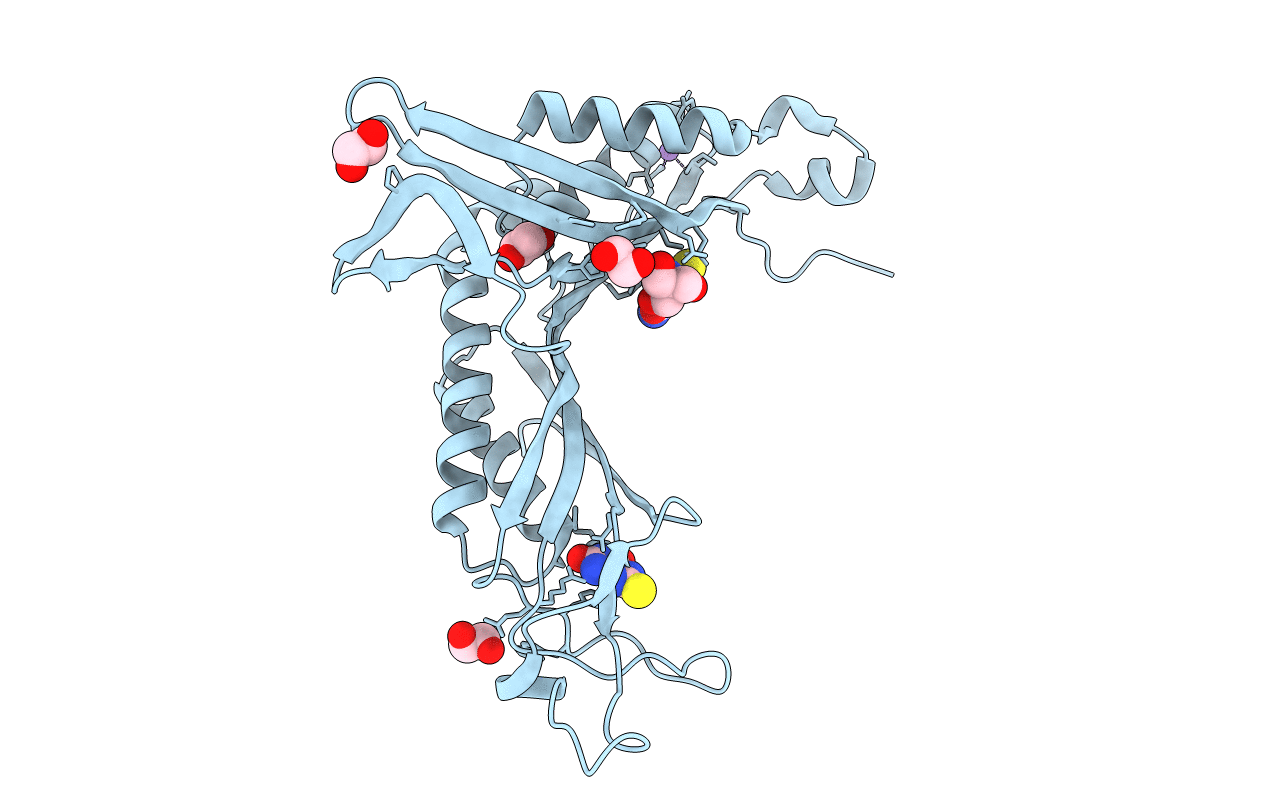
Deposition Date
2010-01-08
Release Date
2010-06-02
Last Version Date
2024-11-06
Method Details:
Experimental Method:
Resolution:
1.50 Å
R-Value Free:
0.24
R-Value Work:
0.20
R-Value Observed:
0.20
Space Group:
I 2 2 2


